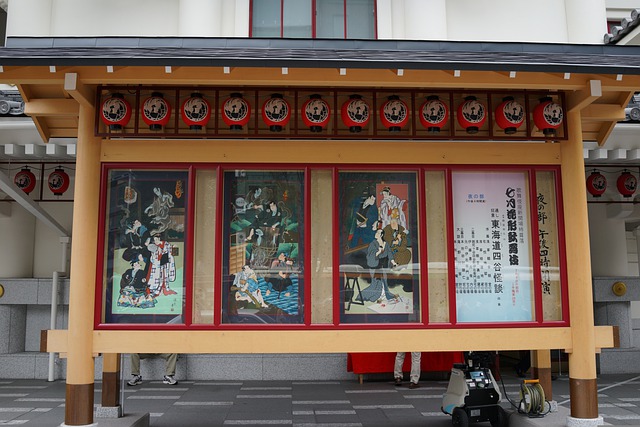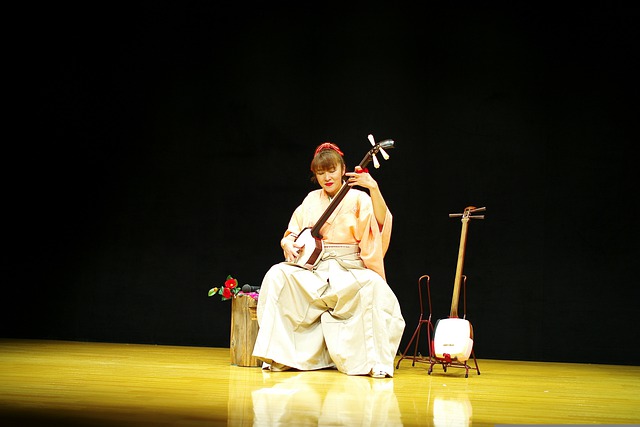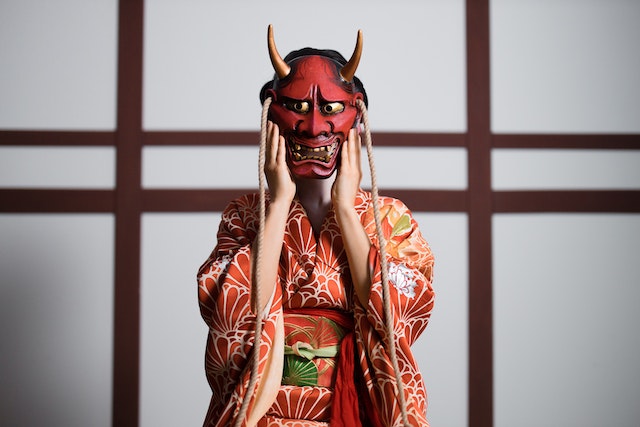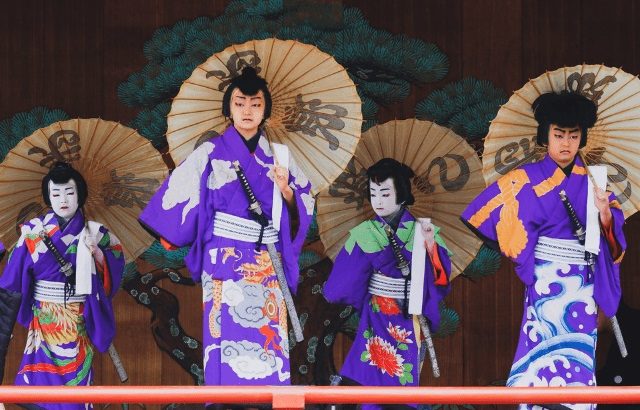Entertainment is an integral part of Japanese culture. From game centers and anime or manga places, karaoke parlors and amusement parks, to worldwide conventions and even something more traditional as a Kabuki theater, Japan offers an interesting mix of the traditional and the modern, the new and the old. What’s worth noting is that despite being among the world’s top countries as far as technological advancements go, Japan’s affinity to its traditional ways remains alive in these modern times.
This is why a traditional form of entertainment such as kabuki remains a popular attraction among the masses and tourists alike, especially in traditional centers in Kyoto and Tokyo. Often considered one of the country’s best performing arts, UNESCO identified it as an Intangible Cultural Heritage. It is also one experience that anybody who wants to visit Japan does not want to miss.
What is kabuki?
A traditional Japanese performance style with origins dating back to the early 17th century, kabuki incorporates dance, mime, and music with elaborate sets and costumes. Kabuki dramas typically depict historical events and regional myths. While it has had its fair share of changes over the years, kabuki performances continue to be an important part of Japanese culture.
In its literal meaning, kabuki translates to the art of singing and dancing. The word is made up of three kanji characters: “ka” which means sing, “bu” which means dance, and “ki” which indicates skill. People who experienced kabuki performances often note the visual spectacle it provides. These dramas feature set designs, props, costumes, and lights that are just as grandiose as the performances by the actors to create one spectacular show.
It is worth noting the evolution of kabuki plays compared to their early performances more than 400 years ago. Throughout its long and colorful history, kabuki adapted to the times in an effort to preserve itself, becoming the performance art that it is now known today. Here are some interesting facts about kabuki and its history.

Kabuki boasts over four centuries of history
Japanese kabuki, an ever-evolving art form, first came to the scene in the early 1600s. Considered as the first theatre art to emerge in Japan, the traditional all-male production today credits a woman for its inception. Shinto priestess Izumo no Okuni started it all by performing in various places around Kyoto.
She formed an all-female troupe of local prostitutes and misfits. To prepare them for their performances, she taught them how to sing, dance, and act on stage. During their productions, the cast members perform both female and male characters in suggestive and witty performances. The popularity of the performances of this band of female misfits then soared tremendously. It even came to a point when the Imperial Court invited Okuni to perform.
Kabuki prohibited women from performing
Although kabuki traces back its origins to a woman, there came a point when women can no longer take part in these plays. The red-light districts were among its regular performance venues, in its early days. Unfortunately, this associated kabuki with prostitution when some performers offered their services to audiences.
In 1629, the authorities at the time issued a ban prohibiting women from performing to address the ensuing moral dilemma. Young boys soon took over their roles. However, authorities eventually banned them from performing too due to prostitution concerns. Eventually, adult men came on board, taking on both female and male roles. This practice remains to this day.
Kabuki music is an integral part of the experience
During a kabuki performance, musicians sit on a raised platform behind the stage. They play both instrumental pieces that accompany the performance and songs with lyrics. They often use a variety of traditional instruments, including the shamisen, a three-stringed guitar-like instrument, and the drum and flute.
The musicians are very important in kabuki because their music is often the only thing that tells the audience what is going on in the play. This is because everything that happens on stage is a stylized and exaggerated form of reality. Music provides the audience with clues about what the characters are feeling or where the story is going.

What to expect when watching kabuki performances
Most kabuki performances take place in outdoor venues such as parks, but some also take place inside theaters. Stages tend to be different from the usual theater setup as trapdoors and revolving platforms are often part of the setting since this allows for actors to appear and disappear quickly. It also allows for seamless scene changes.
Kabuki actors’ costumes are often made of colorful silk, and they wear distinctive makeup and hairstyles. Performers use wooden masks when portraying various roles. Each mask represents a different character, and each actor may play several different roles throughout a performance.
Stories featured in Kabuki plays have many themes, including romance and war. Many of the performances also parody the regular everyday lives of the characters being portrayed on stage. Because the plays are performed in Japanese, actors have to utilize exaggerated and stylized movements, so non-Japanese speaking audiences can still follow the story along.
Some ladies attending kabuki shows dress in traditional kimonos. While there are no requirements for audiences to don formal wear when attending kabuki plays, wearing something decent is highly recommended.
Audiences may shout out the names of the actors on stage. This might be surprising to non-Japanese audiences, but this practice is not at all meant to disrespect the performers. Hereditary stage names or “yago” are given to kabuki performers. These stage names have something to do with the performing troupes they belong to. It is common practice for spectators to shout out the stage names or yago of these actors to show their support.
Kabuki actors are known for their strong physical skills and discipline. They must learn how to dance and perform acrobatics while wearing heavy costumes and make-up. Performers work hard every day to perfect their craft, so it’s no surprise that these days, they are all men!

Kabuki is an essential part of the Japanese experience
Today, kabuki is still performed throughout Japan and all over the world. Many of its famous performers do not just limit their appearances to the kabuki stage, but many are also seen taking on non-kabuki roles in television programs.
In addition to its entertainment value, kabuki is an important part of Japanese culture. A unique experience and a great way to immerse in and appreciate Japanese culture, it is one activity you would never want to miss if you ever get the chance to visit the Land of the Rising Sun.









